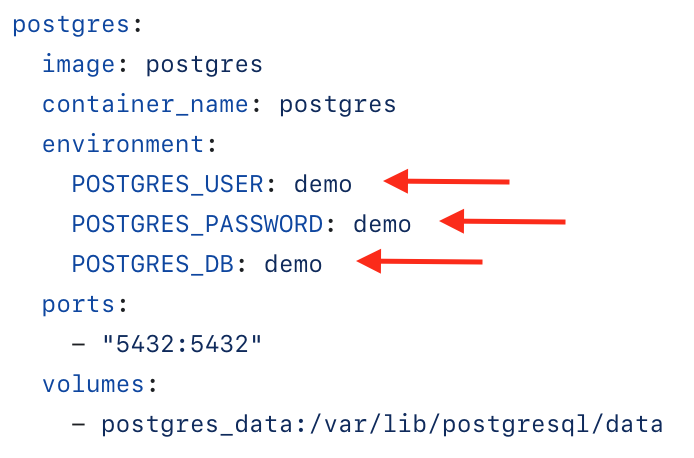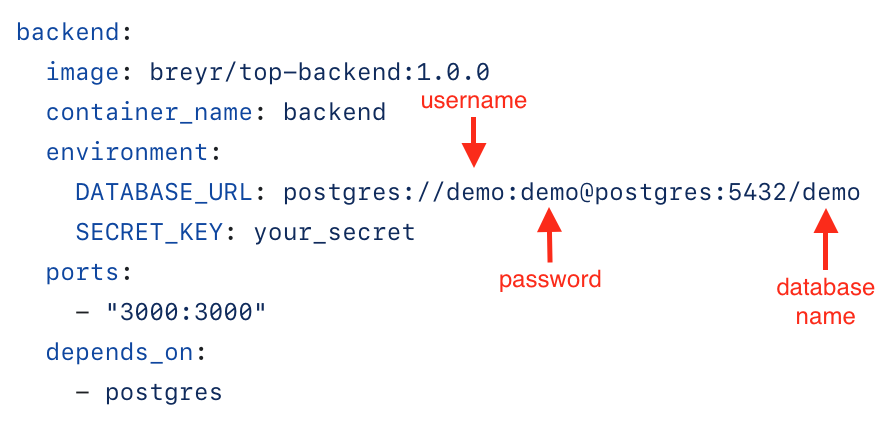Installation
STEP 1 - Interconnects
Supported Platforms
Interconnect devices must meet the following requirements to ensure compatibility with TOPHAT:
Operating System (OS)
- Cisco IOSv
- Cisco IOS
- Cisco IOS-XE
Port Density
TOPHAT can support up to 2 Interconnect devices, each with varying port densities:
- 1x Interconnects
- Must be 48 ports
- 2x Interconnects
- Interconnect 1: 48 ports
- Interconnect 2: 24-48 ports
Initial Configuration
Interconnect devices must be remotely accessible via SSH from the out-of-band (OOB) management interface to the TOPHAT application host.
It is recommended to use spanning-tree mode MST, and static assign OOB IP addresses for the Interconnects.
Authentication
- SSH Access: Required for secure remote administration.
- User Authentication: Devices must support username/password authentication.
- Privilege Escalation: An enable secret password must be configured for administrative access.
An example basic configuration is provided below:
hostname Interconnect
ip domain-name interconnect.lab
username admin privilege 15 secret 0 cisco
enable secret cisco
line vty 0 15
login local
transport input ssh
crypto key generate rsa modulus 2048
ip ssh version 2
Lab Device Ports
All device interfaces (excluding the last four ports) must be configured for dot1q tunneling (QinQ) to encapsulate Layer 2 protocol frames. These ports serve as direct connections to lab devices.
interface range GigabitEthernet1/0/1-44
shutdown
no switchport access vlan
switchport mode dot1q-tunnel
negotiation auto
mtu 9000
mtu 8978
l2protocol-tunnel cdp
l2protocol-tunnel lldp
l2protocol-tunnel stp
l2protocol-tunnel vtp
l2protocol-tunnel point-to-point pagp
l2protocol-tunnel point-to-point lacp
l2protocol-tunnel point-to-point udld
no cdp enable
Transport Ports
The last four interfaces (45-48 or 21-24, depending on the platform) are dedicated to transporting traffic between Interconnects.
If you are only using one Interconnect, shut these ports.
port-channel load-balance src-dst-mac
!
interface GigabitEthernet1/0/45-48
channel-protocol lacp
channel-group 1 mode active
no shutdown
!
interface Port-channel1
switchport mode trunk
switchport trunk allowed vlan all
switchport nonegotiate
mtu 9000
mtu 8978
no cdp enable
no shutdown
STEP 2 - Application
Environment Setup
Once the Interconnects are configured, proceed with the installation of the TOPHAT application.
Navigate to the TOPHAT GitHub repository, and make a copy of the compose.prod.yaml file.
Save the file as docker-compose.yml in your desired directory.
Complete the following:
Set the SECRET_KEY Environment Variable
Generate a secure key by running the following command, then set it as the SECRET_KEY environment variable for both the backend and interconnect-api services within the docker compose file:
openssl rand -base64 32
Configure PostgreSQL
Update the postgres service with the desired username, password, and database name.

Update the DATABASE_URL
Modify the DATABASE_URL environment variable for the backend service to reflect the updated PostgreSQL credentials.

Running the Application
Run the following command to start the application:
docker compose -f docker-compose.yml up -d
TOPHAT will now be running at 0.0.0.0:80.
To expose TOPHAT outside of your LAN, we recommend using Cloudflare Tunnels to securely expose the UI externally with ZeroTrust.